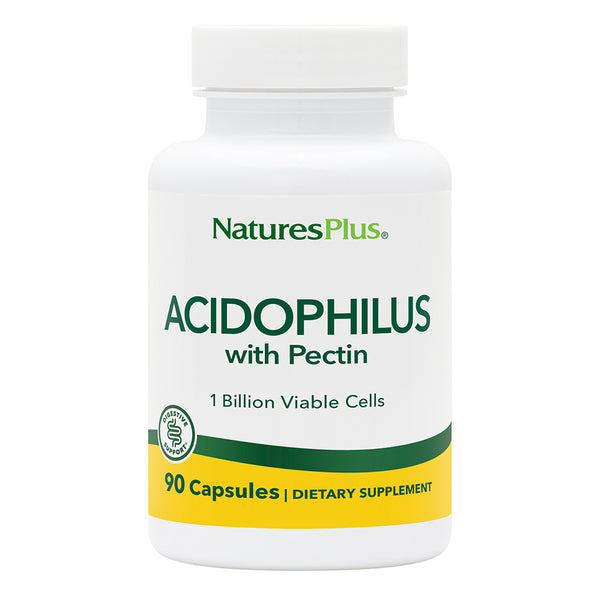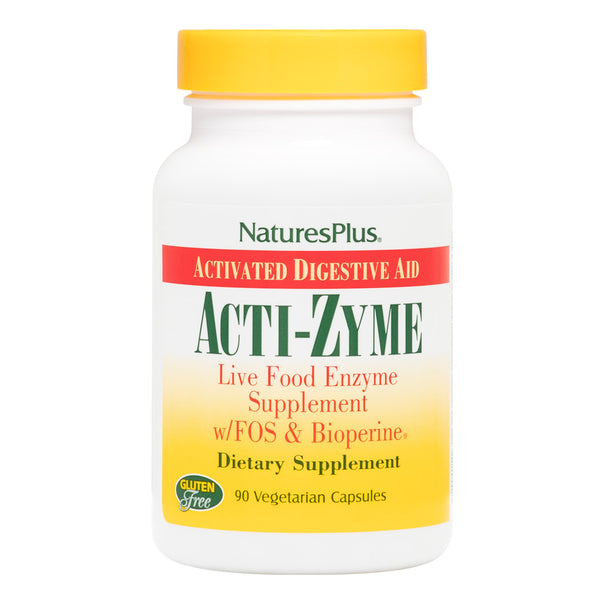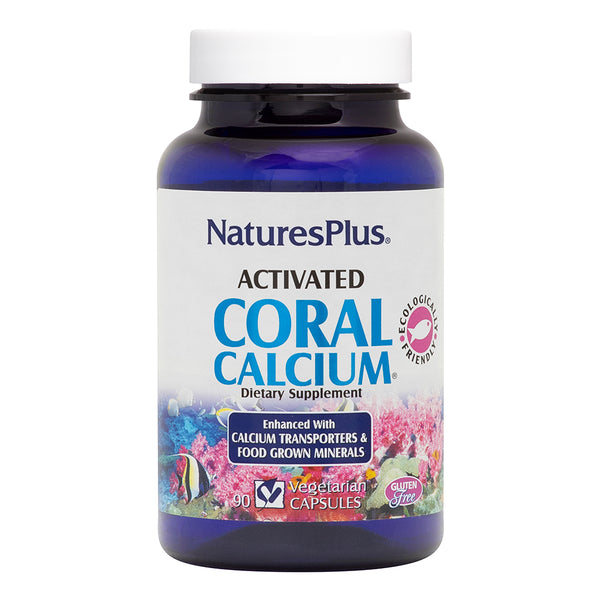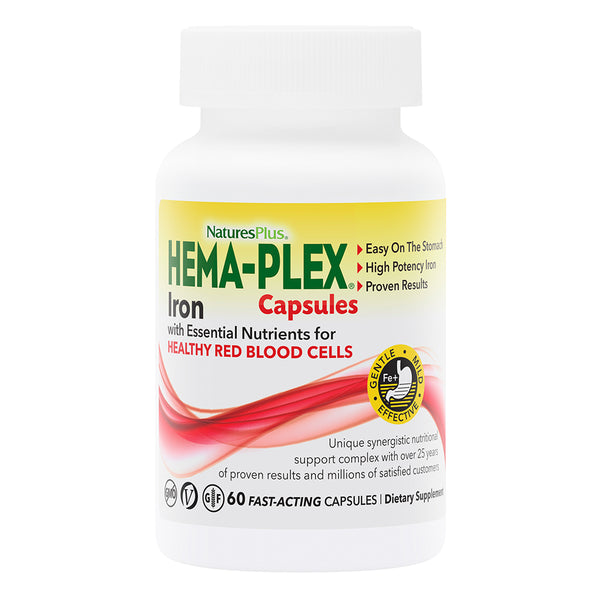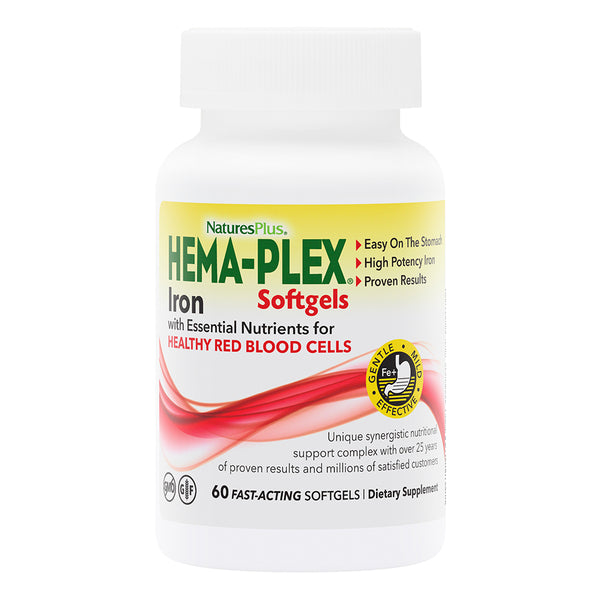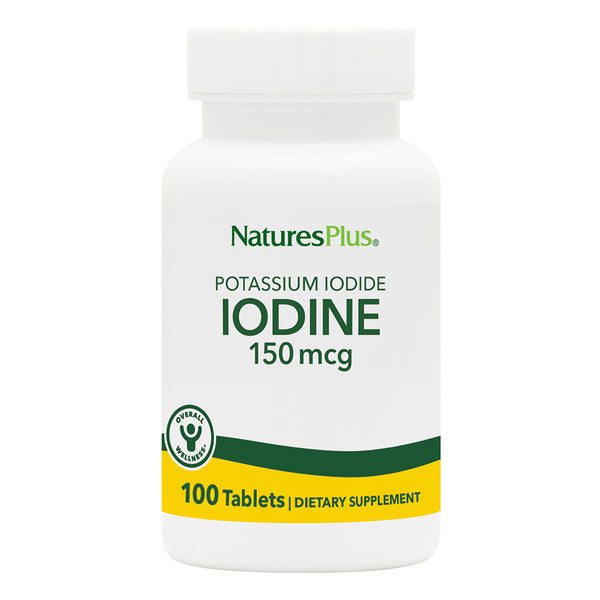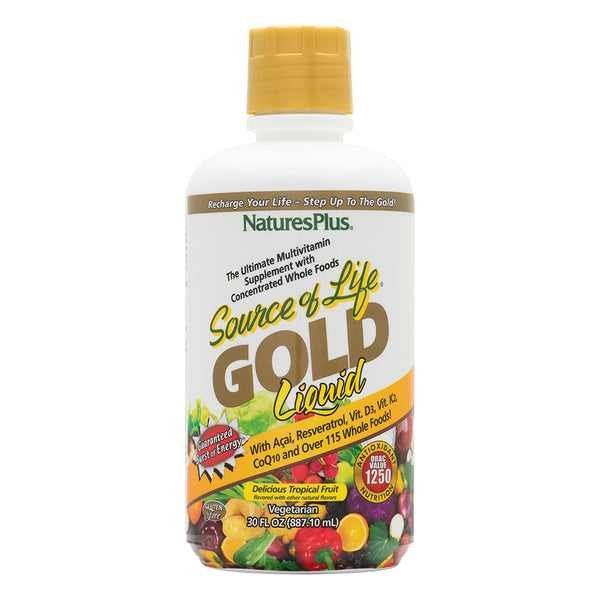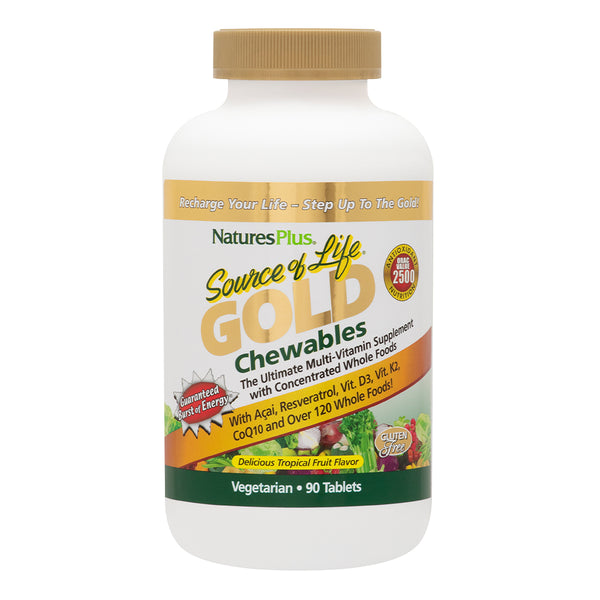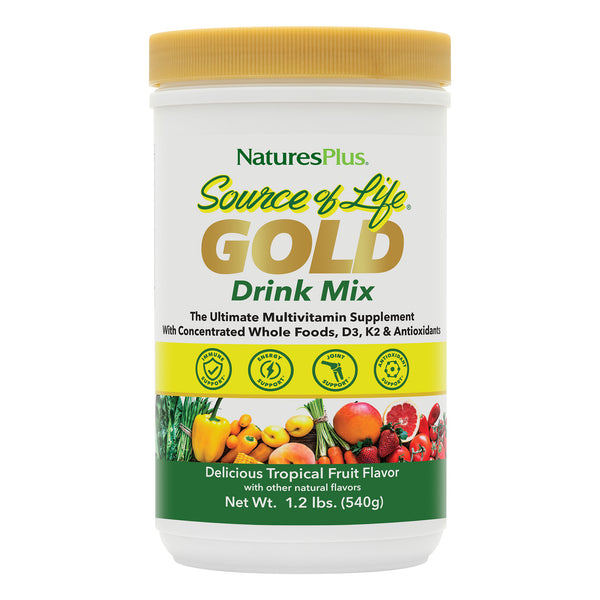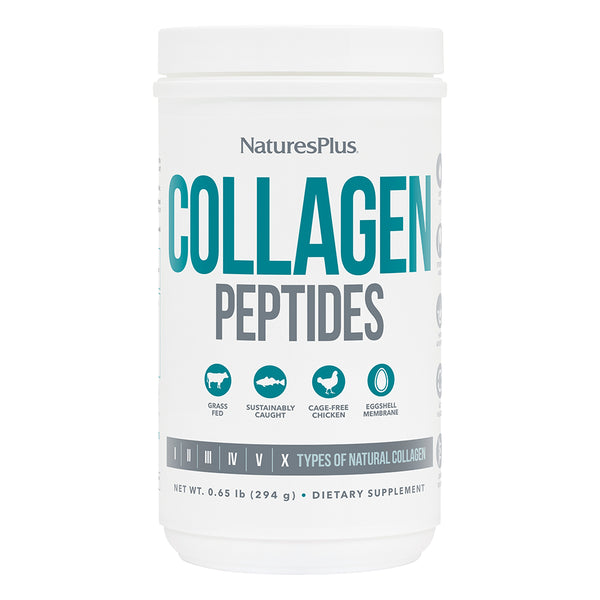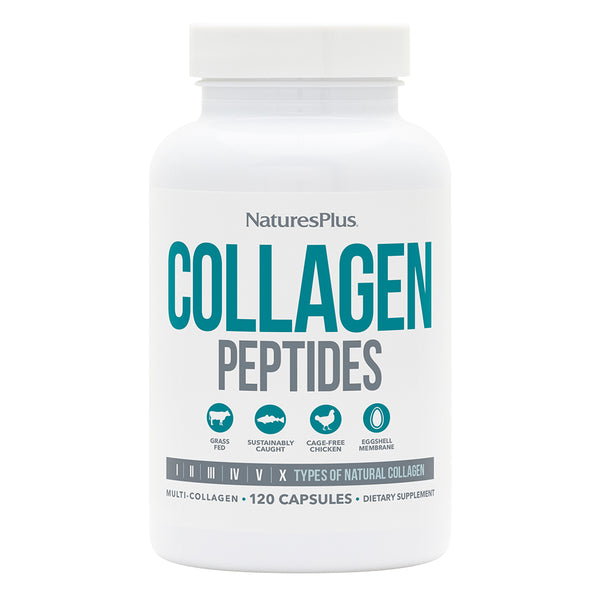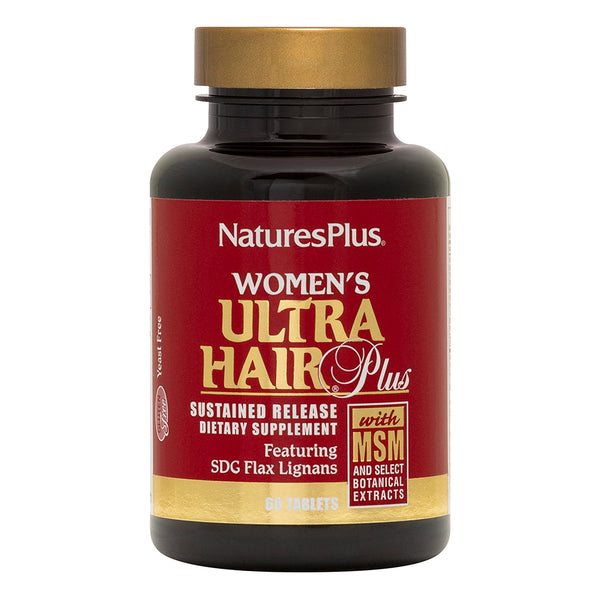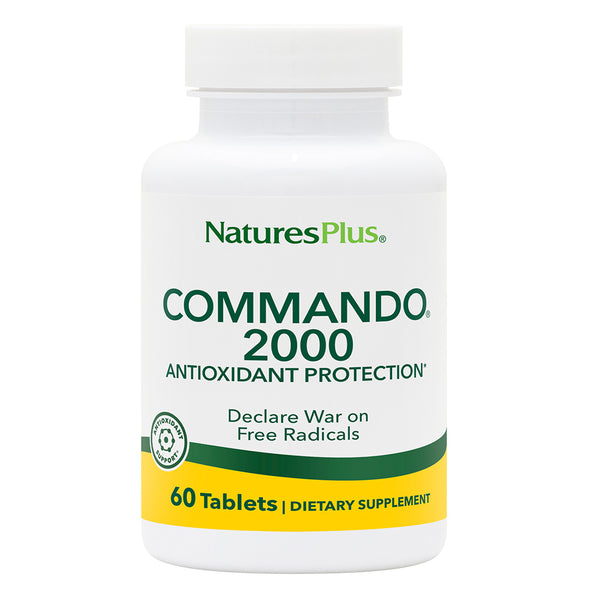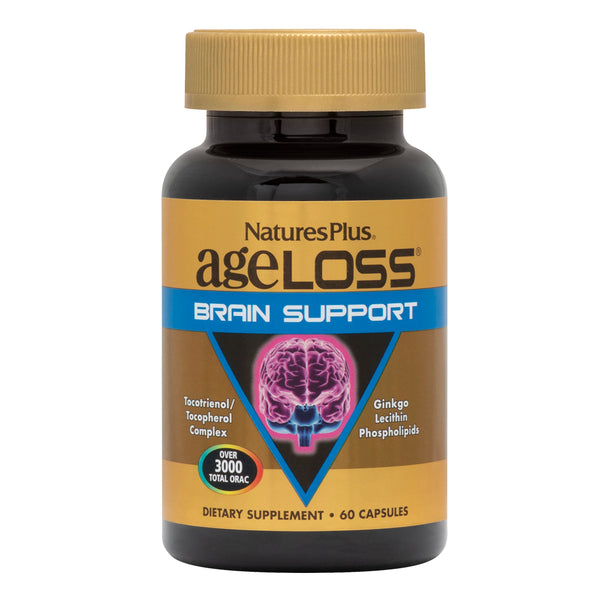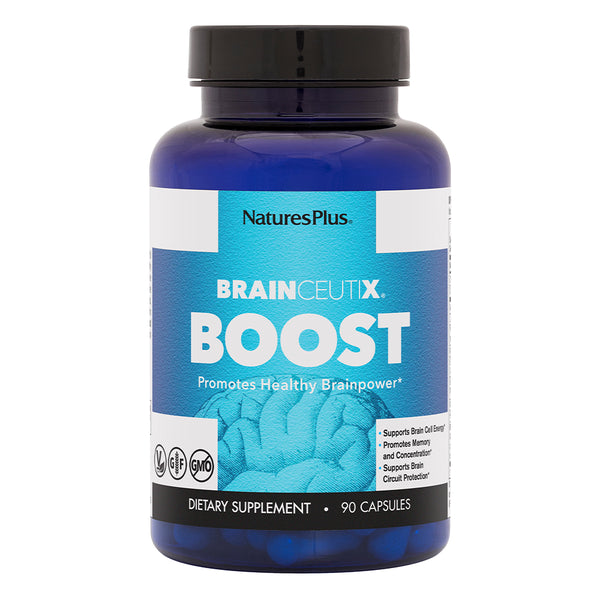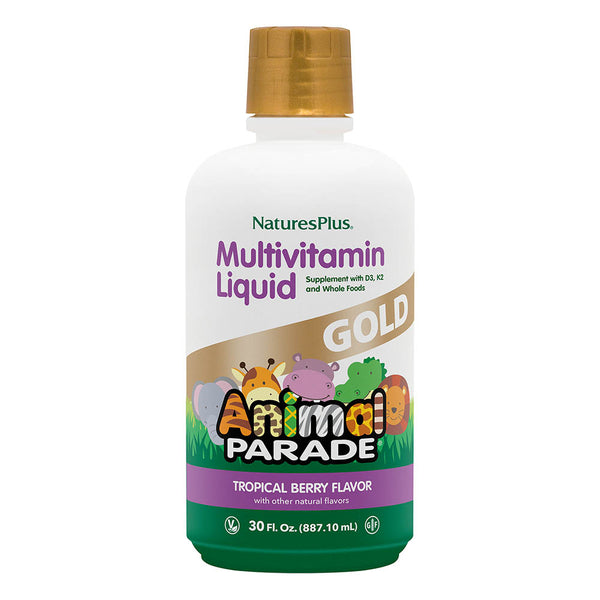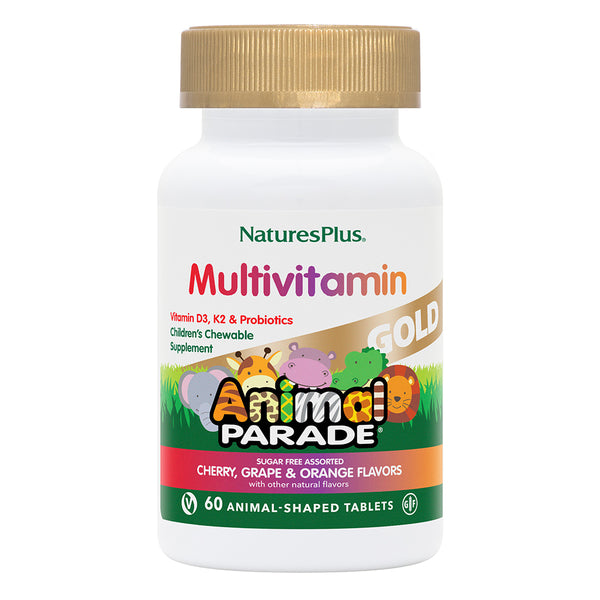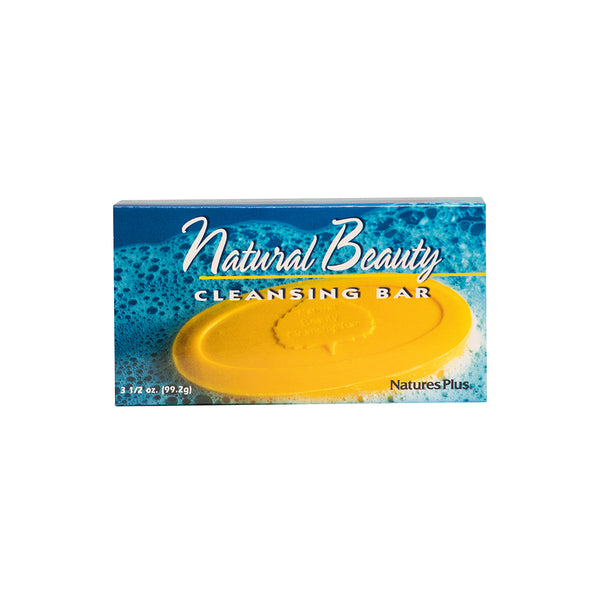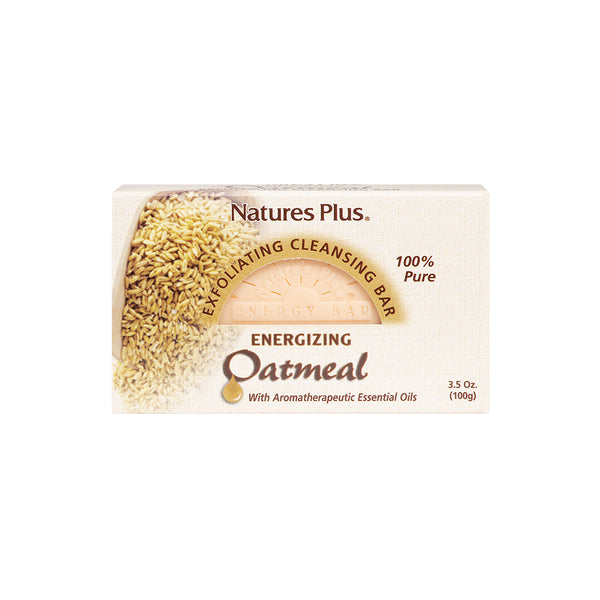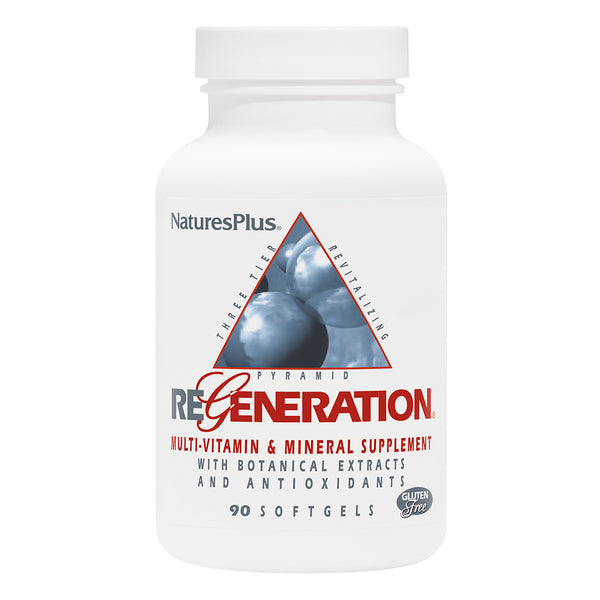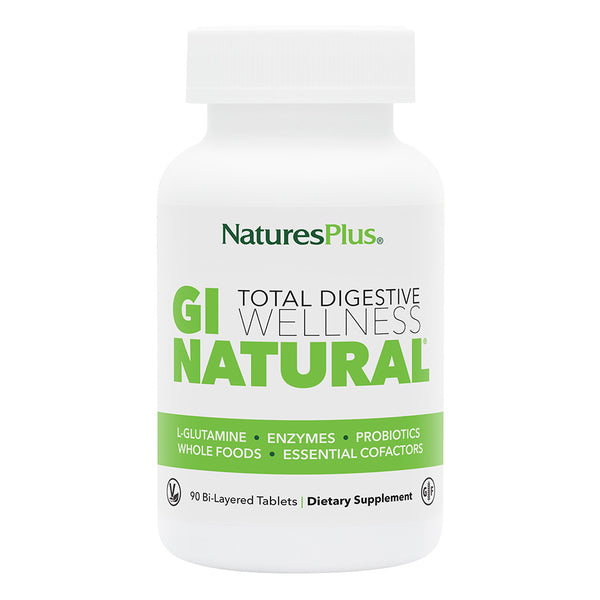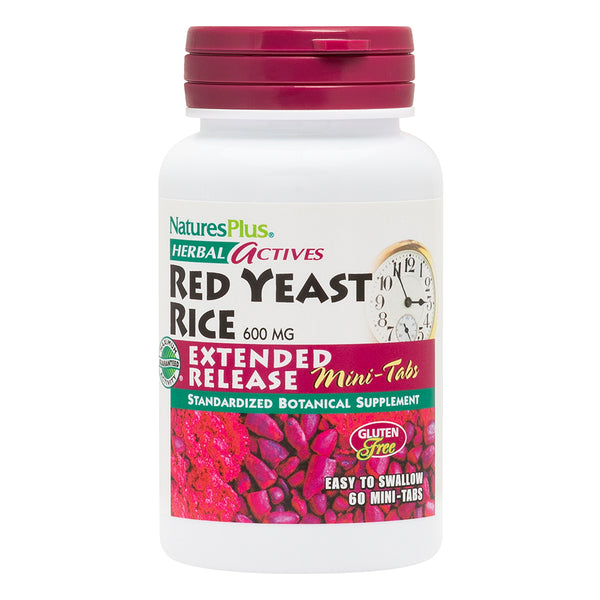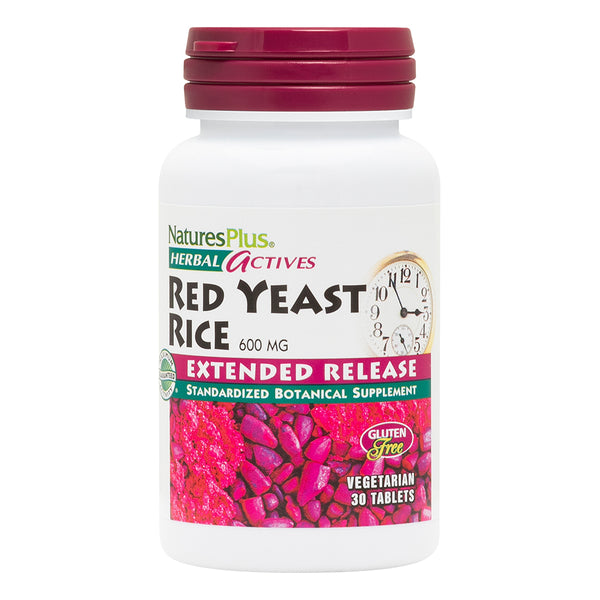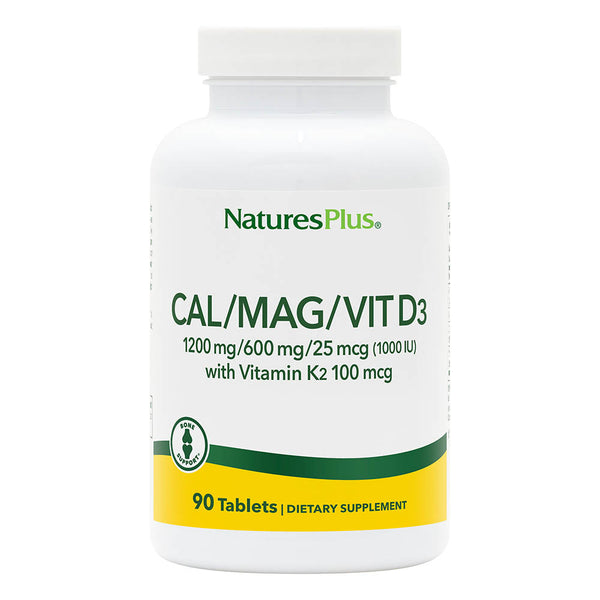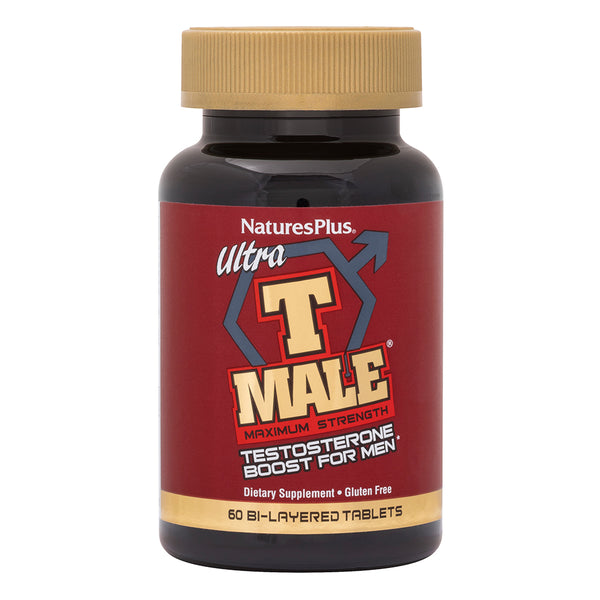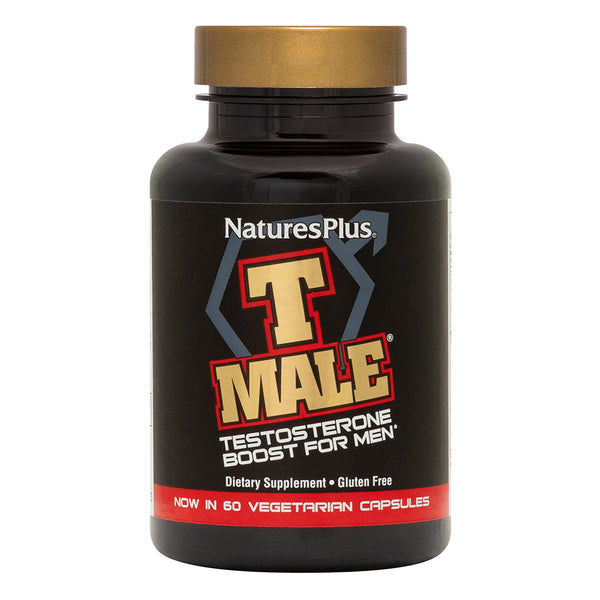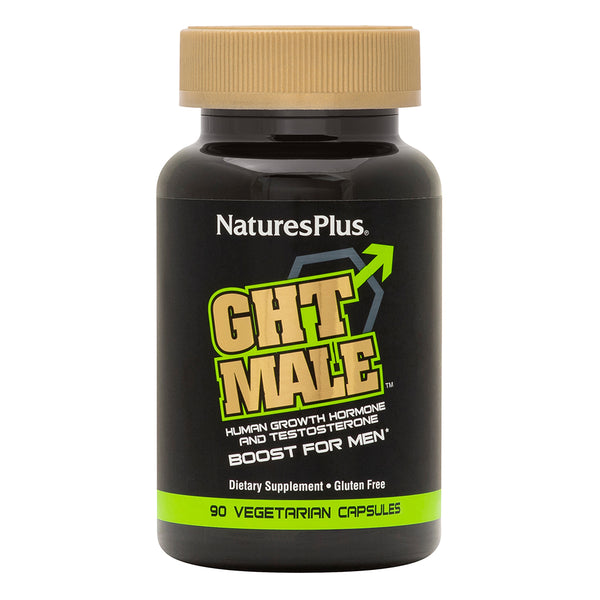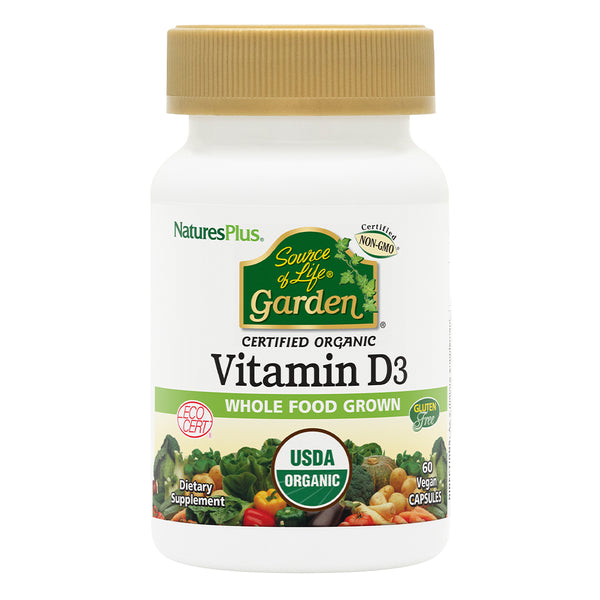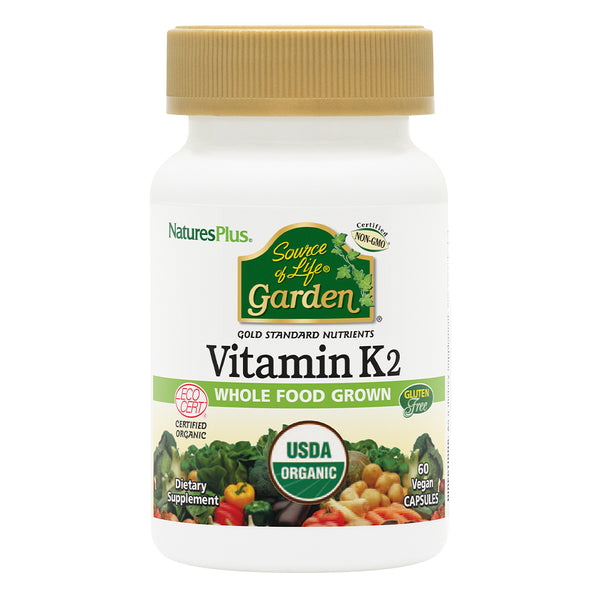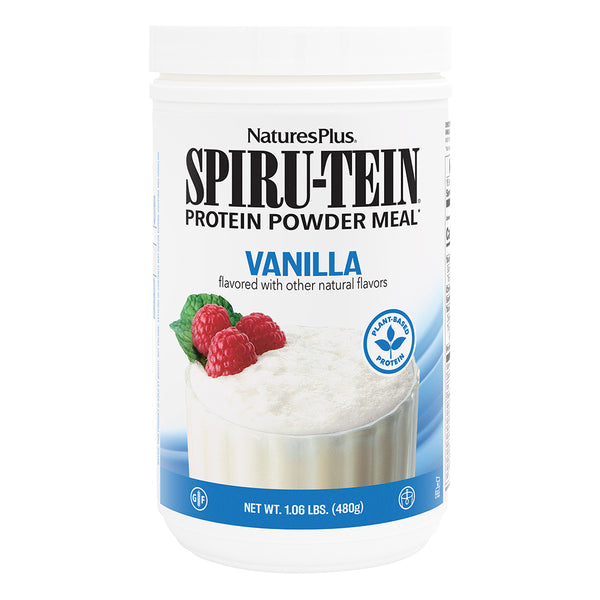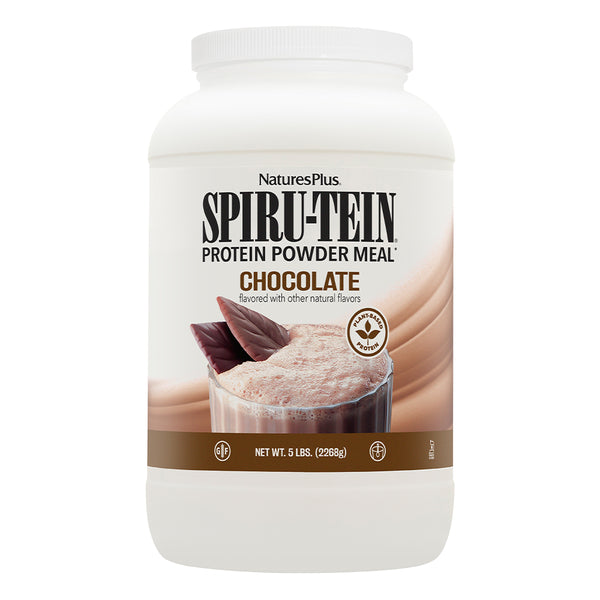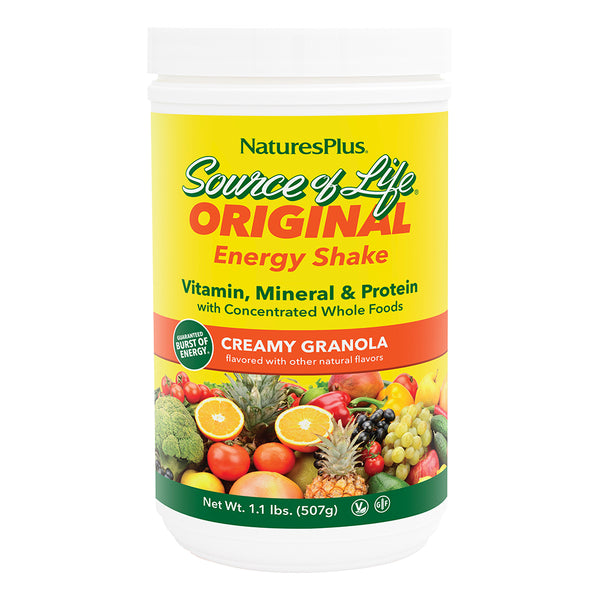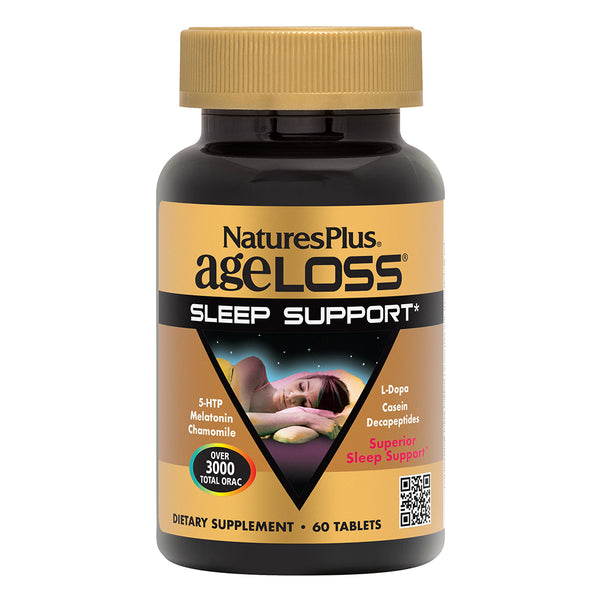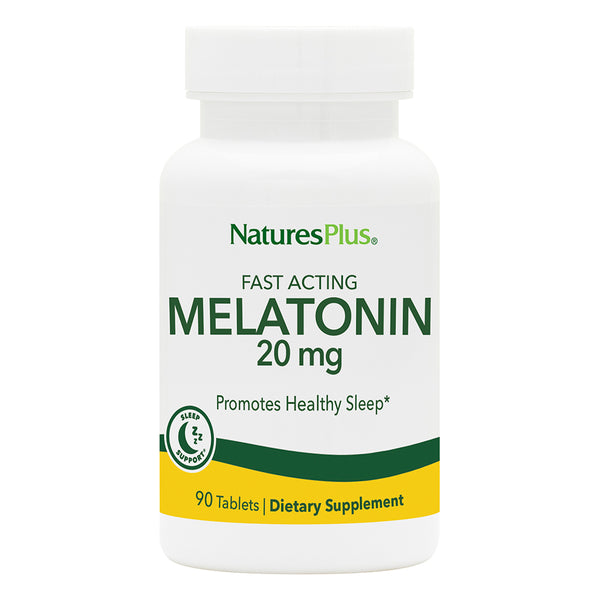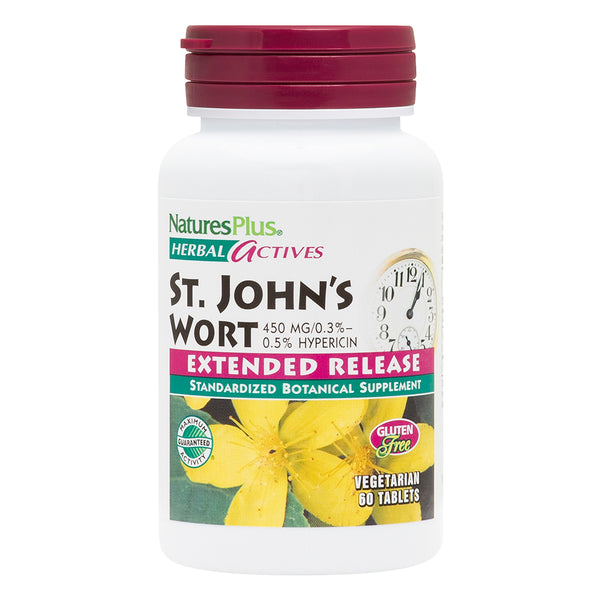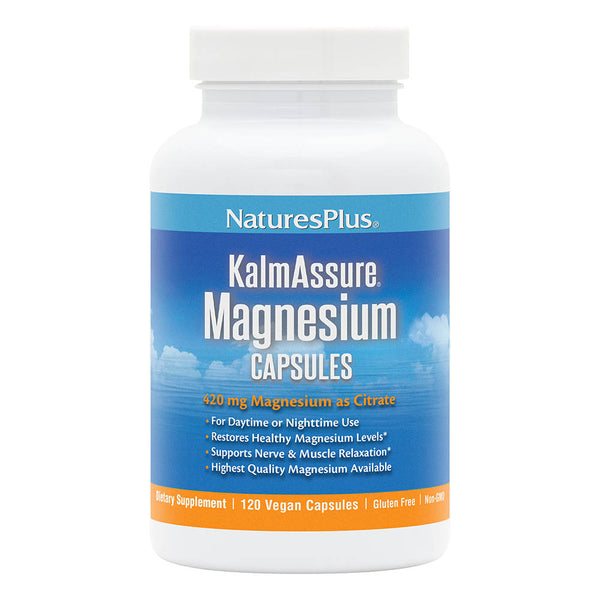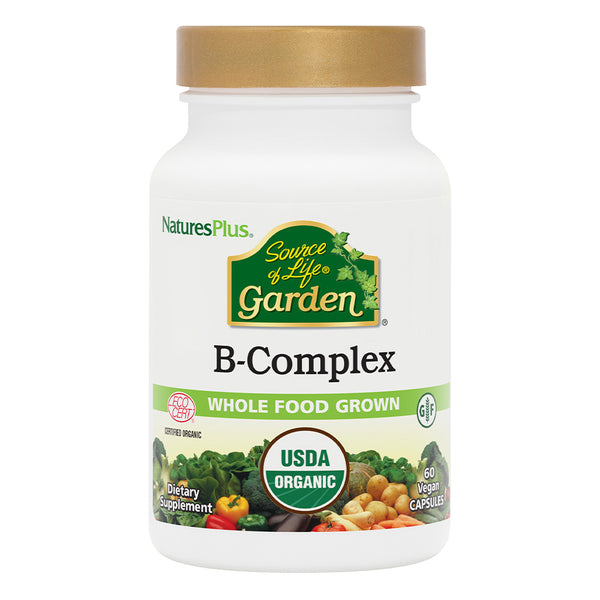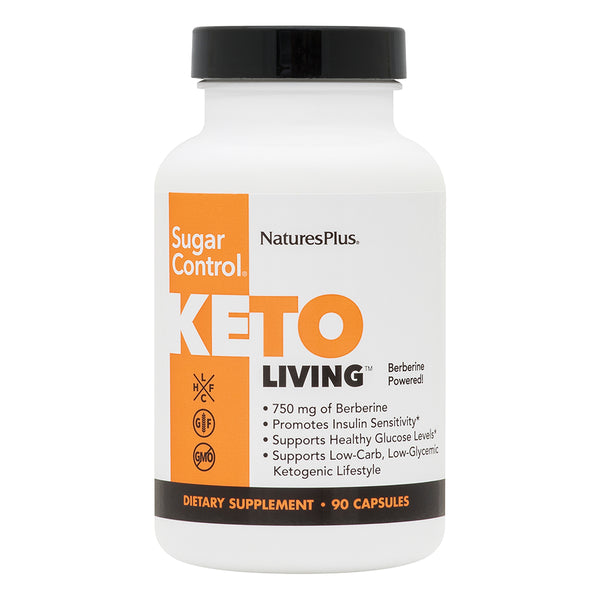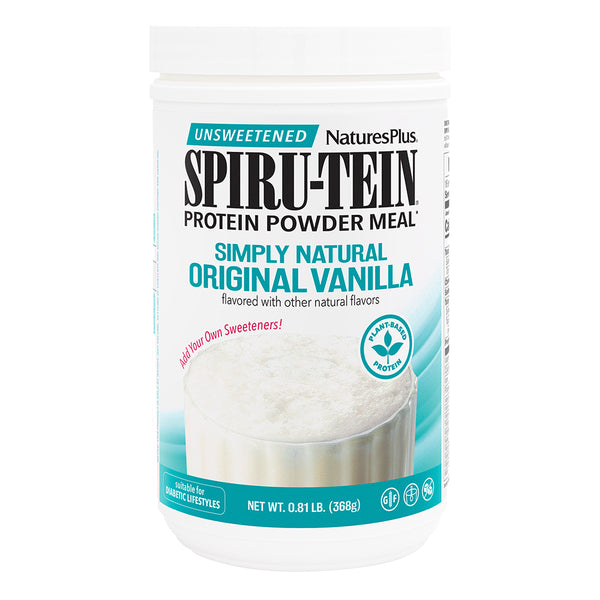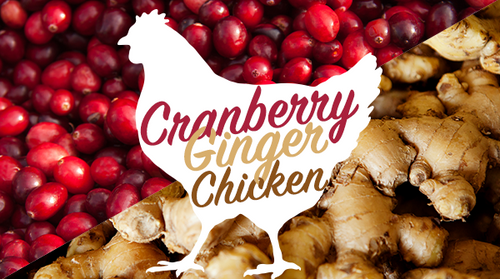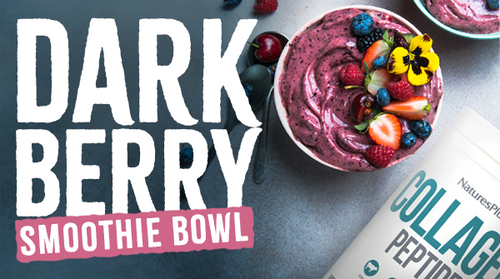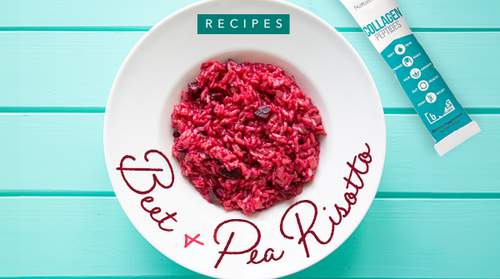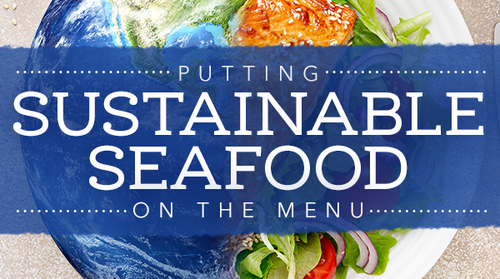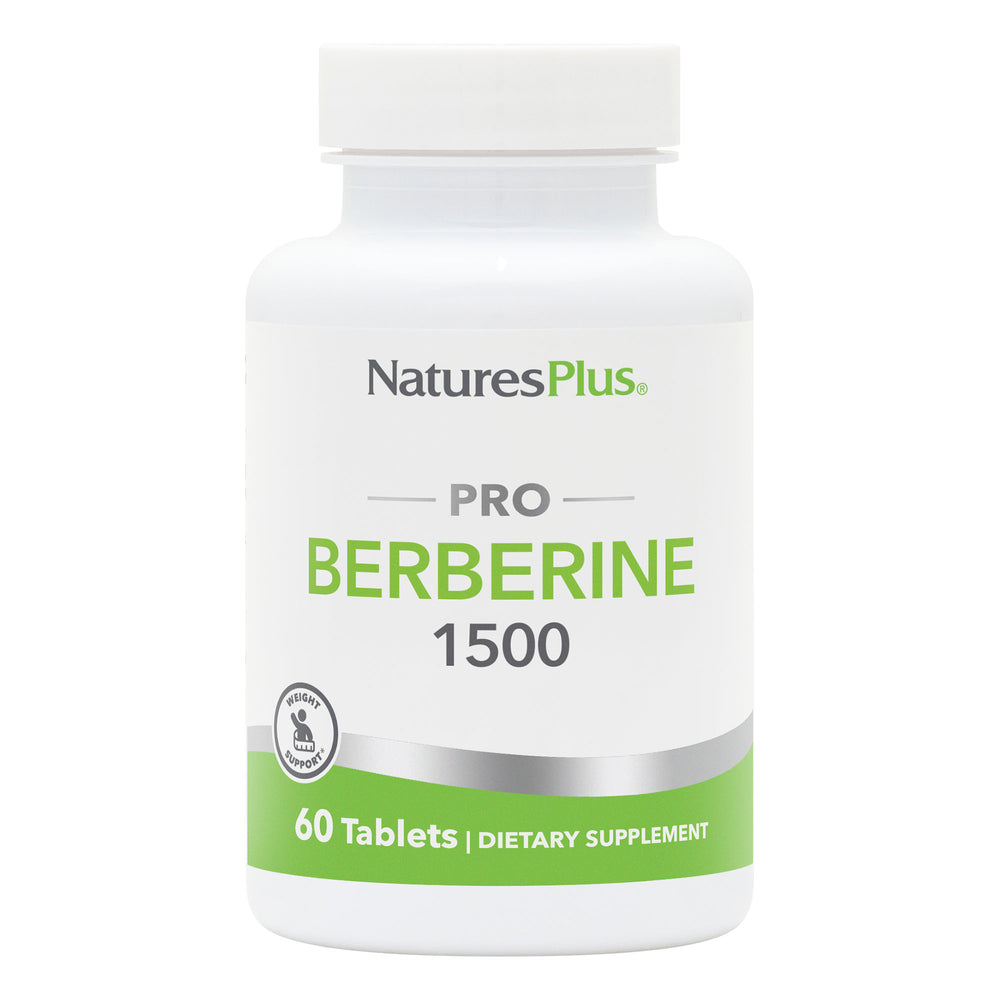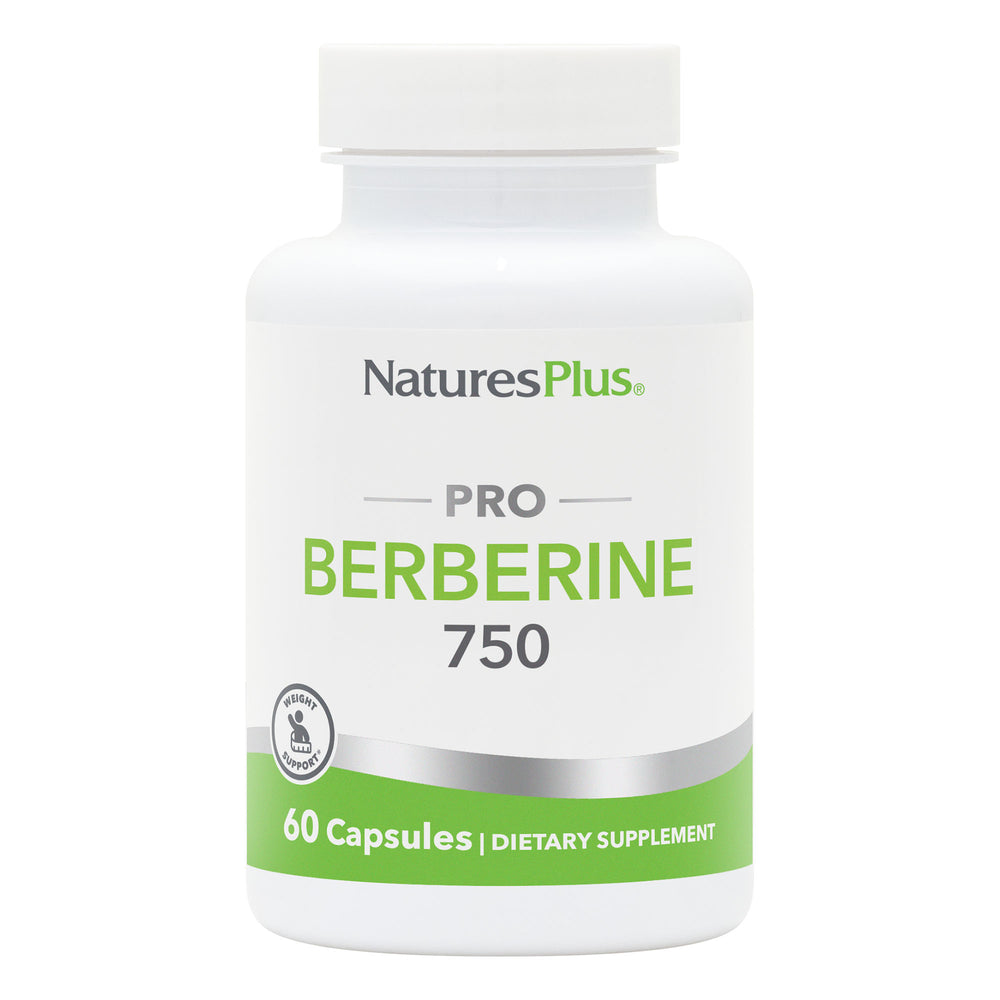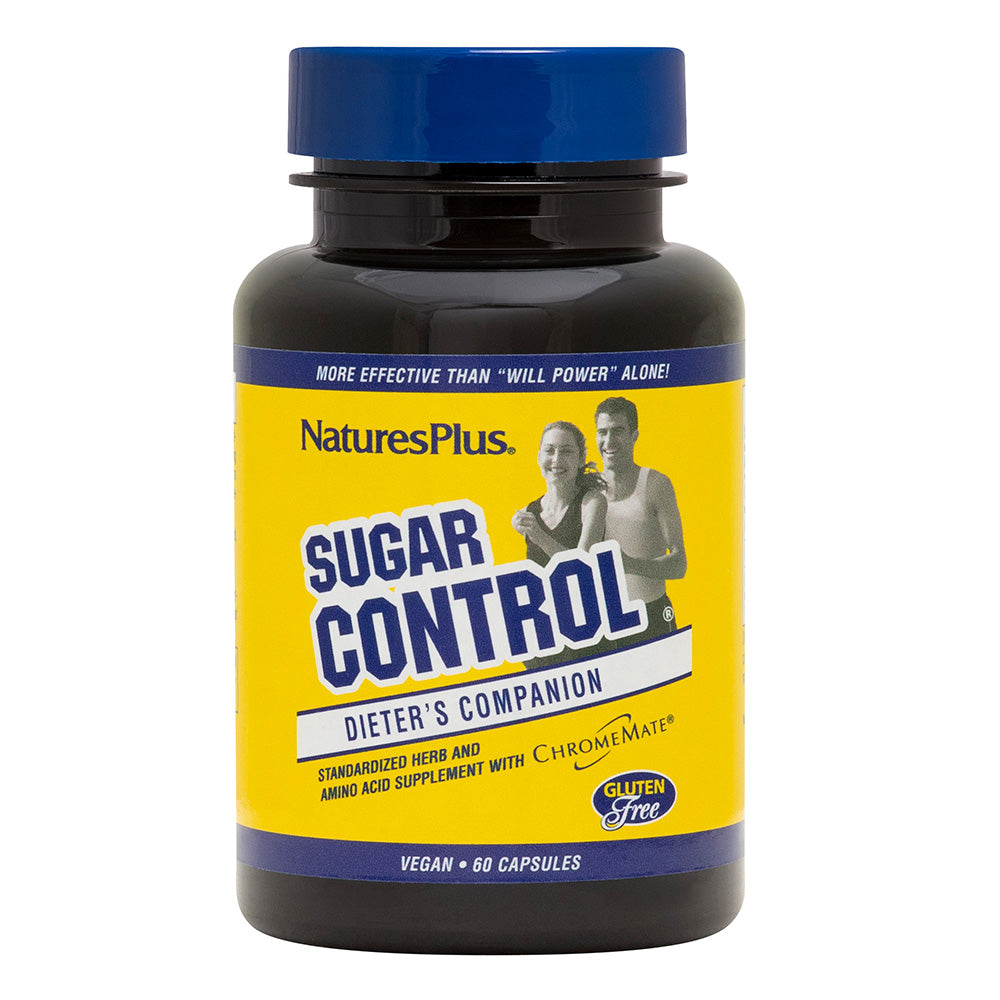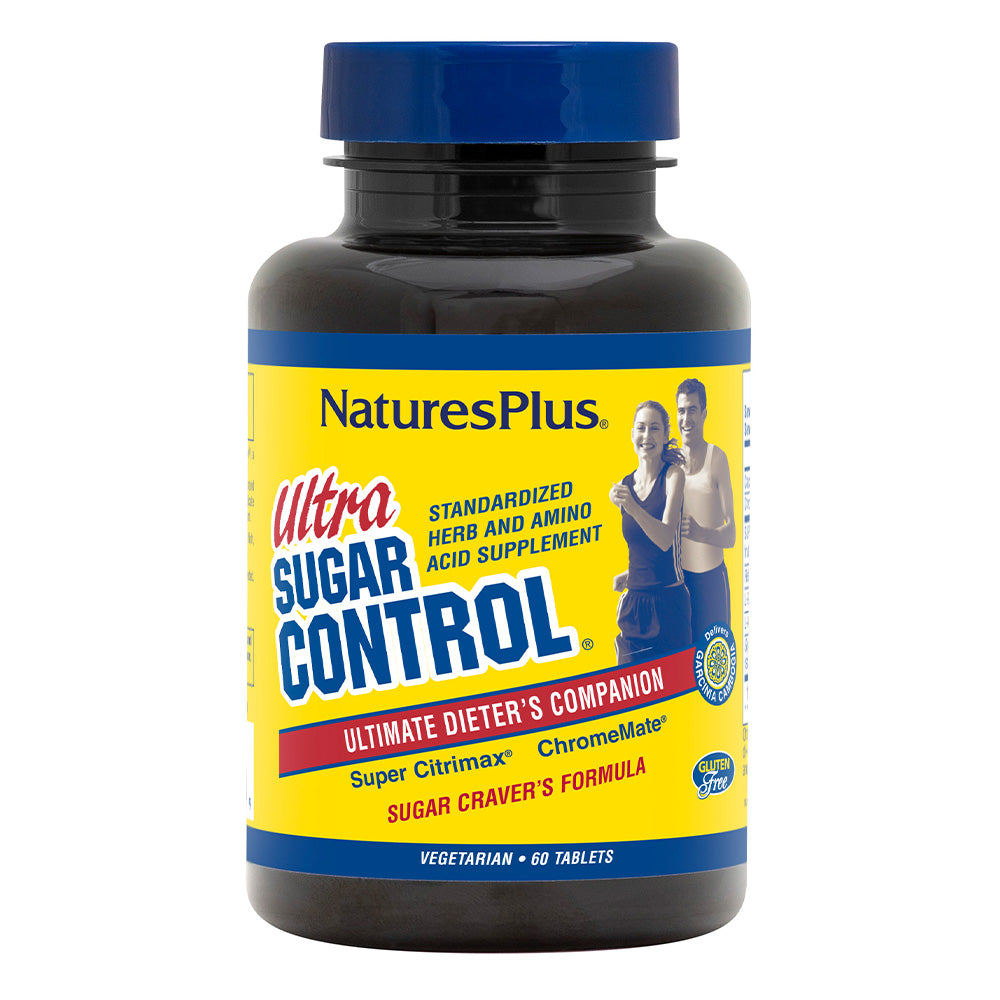Boy, do we love sugar. According to public health authorities, the average American ate two pounds of sugar annually two centuries ago; at this point, we're up to almost 152 pounds per year.
Sugar is high in calories but has no nutritional value. When you consume too many foods with a high sugar content, you tend to eat fewer foods that are good for you. In extreme cases, this can lead to nutrient deficiencies that can cause significant health issues.
Furthermore, since sugar is a high-calorie food, it contributes to weight gain. Your body digests foods that contain added sugars quickly, meaning they don't satisfy hunger for long, This often causes you to eat more throughout the day, accelerating weight gain.
The desire to cut refined sugar consumption has led many people to consider some of the following alternative sweeteners. Remember to always check labels and sources, to go for products with the least amount of processing and to opt for organic whenever possible. Also, keep in mind that “natural” doesn't automatically equal “calorie-free.”
1. Agave Nectar
This sweet sap from the core of the agave plant, with a consistency and taste that has been compared to honey, was once used by the Aztecs for its healing properties. Although there are many species, the blue agave plant from the volcanic soil in Mexico is the most common source.
Agave nectar has a very low glycemic index and it contains vitamins C and B for good measure. Like honey, agave is used to sweeten drinks and in baked goods.
One issue is rooted in the processing. “A lot of the ones on the shelves are not pure; there are other sweeteners or chemicals added,” says Wendy Vigdor-Hess, RDN, author of Sweetness Without Sugar (SolThea Press).
Pros: Since agave nectar has a low glycemic index, it doesn't cause your blood sugar to rise as much or as quickly as table sugar.
Cons: Agave nectar is high in calories and can lead to weight gain if you eat too much of it.
2. Blackstrap Molasses
This sweetener is actually a byproduct of the sugar refining process and clocks in at 19 calories per teaspoon.
Blackstrap is high in vitamin B as well as iron, potassium and other minerals. “It's a vegan way to help with iron intake, but it has a distinct spicy flavor, so it's hard to use in baking unless you're making gingersnaps or something,” Vigdor-Hess says.
Kelly Walunis, kitchen manager at the Community Food Co-op in Bozeman, Montana, concurs.
“It adds a rich, intense flavor,” she says. “If you're using it for 100% sugar replacement, it's going to overpower, so I often combine it with other sweeteners.”
Walunis uses blackstrap with a coconut sugar in molasses cookies, bran muffins, pumpkin bread and applesauce; since molasses is approximately 25% less sweet than sugar, it makes sense to use this old-time favorite along with something else.
Pros: Blackstrap molasses contains a variety of vitamins and nutrients.
Cons: Despite its high nutrient content, blackstrap molasses contains a significant amount of sugar, so it's best to consume it in moderation.
3. Coconut Sugar
Derived from the unopened flowers of the coconut tree, with little processing aside from dehydration, coconut sugar is high in potassium, magnesium, zinc, iron and amino acids, and has a low glycemic index to boot.
Often compared in looks, flavor and sweetness to brown sugar, with 15 calories per teaspoon, it's a one-to-one sugar substitute for all-around baking, though like brown sugar, coconut sugar will impart a caramelized flavor.
“It is low glycemic because of a soluble fiber called inulin, which slows the release of glucose into the blood,” says Lauren Deville, NMD. “For any baking recipe that calls for table sugar, I suggest coconut palm sugar to make it a lot healthier.”
Walunis warns, however, that just like replacing anything for sugar, you're not going to have the same results. “It doesn't replace it exactly: It has a little bit of a softer texture, so cookies won't come out as crisp,” she says. “You can cream it with butter, but the outcome of the pastry will be denser and softer.”
Pros: Coconut sugar is less processed than table sugar, giving it a little more nutritional value. Its low glycemic index helps slow its release into the bloodstream.
Cons: It's a relatively high-calorie food; while it's a better choice than table sugar, moderation is key.
4. Brown Rice Syrup
This thick syrup, derived from broken-down brown rice starch, is not nearly as nutritious as brown rice. But it does contain trace amounts of calcium, magnesium, manganese and zinc, although its glycemic index is high.
“I make rice crispy treats with brown rice syrup instead of with marshmallows,” says Vigdor-Hess. “It has that gooey consistency with its own kind of sweet flavor.”
Walunis says brown rice syrup, with a honey-like consistency, can be used as a one-to-one swap with corn syrup or honey in recipes. “It has a milder flavor than honey; you could use it in fudgy, gooey things, or for making candy treats,” she says. But Deville adds that there are healthier sugar alternatives that she would recommend first.
Pros: Brown rice flour contains small amounts of vitamins and minerals.
Cons: It has a high glycemic index.
5. Date Sugar
Literally ground-up dates, this natural sweetener also imparts nutrients from the fruit, including fiber, potassium, magnesium, manganese and vitamin B6, along with 15 calories per teaspoon.
“This one will be more complex in its nutrition, with the extra fiber and more nutrition,” Deville says. “Healthwise, I'd probably put it in the same category as coconut sugar, maple syrup and honey.”
Date sugar is best used in baking and wet applications, replacing sugar at a ratio of two-thirds of a cup to one cup of sugar.
“Even though it has a granular texture, it doesn't melt the way sugar does and dissolve into drinks,” Walunis says. “It's better in a wet application, like a brownie or dense cake. But, it can be harder to find and pretty expensive.” When using date sugar, be prepared for its nutty, caramel flavor.
Pros: Since date sugar is made from dried dates, it contains far more nutrients than table sugar. It also has a relatively low glycemic index.
Cons: Date sugar won't dissolve in drinks, so it's best used for baking or sprinkled on food. Some brands of date sugar contain anti-caking agents, like oat flour, to prevent it from clumping. So, if you're trying to avoid grains, read the label carefully.
6. Maple Syrup
The art of “sugaring” maple trees was a tradition passed down from Native Americans more than 300 years ago. Most traditionally seen smothering a stack of pancakes, maple syrup has long been a natural sugar substitute, and in its most pure form contains potassium, calcium, manganese, phosphorus, iron and a number of antioxidants.
“You get calories from it (52 per teaspoon), but not empty calories,” Deville says. “And its glycemic index is lower than sugar, making it a better choice.”
“It can be used as a one-to-one replacement to liquid sweetener,” Vigdor-Hess says. “I use it in my energy bars and in a banana pancake. Some people use it to sweeten drinks instead of honey.” It's a great addition to oatmeal and gooey baked goods, like pumpkin pie.
Walunis also uses maple syrup more for wet applications, including a tofu pudding with maple syrup and vanilla.
“One thing you have to be aware of is the flavor,” she says. “And grade B is more concentrated than grade A, so use that in baking to offer more sweetness. You can substitute with some practice, but it's not going to replace sugar; it just won't come out the same.”
Pros: Maple syrup contains a variety of vitamins and minerals. It's also slightly lower on the glycemic index scale than table sugar.
Cons: Maple syrup is high in sugar.
7. Monk Fruit Powder
Monk fruit powder is reportedly 200 times sweeter than sugar.
Made from the extract of a small melon grown in parts of Southeast Asia, it has zero calories and carbs, along with a number of antioxidants. That means monk fruit powder can be a sweet deal for people who are watching the scale or watching their glucose levels.
With a slightly caramelized flavor, monk fruit powder can be used for baking, although—because less is required and it has a lighter texture than sugar—bakers will have a different outcome.
“You can use it in baking,” Vigdor-Hess says, “but initially I would tell people to try it in a drink, like tea or a smoothie, until they know the taste of it works for them.”
Because monk fruit is a relative of the squash family, Vigdor-Hess warns those with a nightshade sensitivity to stay away from it.
Pros: Monk fruit contains no calories or carbohydrates, so it won't contribute to weight gain.
Cons: Monk fruit sweeteners are typically harder to find and more expensive than other sweeteners.
8. Stevia
A calorie-free sugar substitute, stevia was one of the first popular sugar alternatives to hit the market. It is a powder derived from the ultra-sweet leaf of the stevia plant was used in Paraguay more than 1,500 years ago to sweeten food and medicine.
Up to 300 times sweeter than table sugar, stevia packets are showing up at some coffee shops. “Stevia is more analogous to artificial sweeteners, but it comes from nature, while those are made from chemicals in a lab,” Deville says. “It has no sugar molecules and therefore no glucose, but it has a bit of an aftertaste, which is the biggest drawback.”
Stevia is not as popular for baking.
“I recommend that people buy a cookbook if they're going to bake with it, because it wouldn't replace the sugar density,” Vigdor-Hess says. “I make an awesome matcha latte with almond milk and stevia liquid.”
She also suggests looking for less-processed versions. “If it's white, it's been refined, but a lot of co-ops carry the green powder that's just the ground-up plant.”
Pros: Stevia doesn't contain calories , making it a good choice for those trying to lose weight.
Cons: Some people think stevia has a rather bitter aftertaste, similar to licorice.
9. Xylitol
A naturally occurring substance derived from hardwoods such as birch, xylitol became more widely used in Scandinavian countries during a World War II–era sugar shortage.
Today, it's often found in sugar-free gum, candy, mints and natural toothpaste—as well as in dental health supplements and children's chewable multivitamins—because of its ability to support proper oral hygiene.
Xylitol has 9 calories per teaspoon and is slightly less sweet than sugar. Although it can be used as a one-to-one sugar replacement in baking, for sensitive stomachs it's best in small doses.
Pros: Xylitol's level of sweetness is similar to that of table sugar, but it has fewer calories and a low glycemic index.
Cons: Xylitol may cause minor digestive issues.
10. Erythritol
Erythritol is a sugar alcohol that's used as a low-calorie sweetener.
While it's fine to use when baking, keep in mind that erythritol has a different consistency and flavor than table sugar, so baked goods made with it may taste slightly different.
Pros: Since it's low calorie, erythritol won't contribute to weight gain.
Cons: Like many sugar alcohols, erythritol can contribute to stomach upset, so it's best consumed in moderation.
11. Yacon Syrup
Yacon syrup, which comes from the yacon, a sweet root vegetable, has a low glycemic index and is high in antioxidants, potassium and fiber. It has a taste similar to honey and is a good way to sweeten tea and coffee.
Pros: Yacon syrup contains soluble fiber and other nutrients.
Cons: Some people report that yacon syrup causes digestive upset.
When choosing a sweetener, read labels and consider flavor, calorie content and glycemic index.
Oatmeal Goji Cookies
“The goji berries give these cookies a unique flavor,” says Vigdor-Hess. “Making them with chocolate chips is delicious, too.”
1 1/2 cups rolled oats (certified gluten-free)
1 cup brown rice or millet flour
1/3 cup NaturesPlus Organic Paleo Protein powder (optional)
3/4 tsp xanthan gum (use guar gum if corn-sensitive)
1/4 tsp sea or Himalayan salt
4 tbsp ground flax seed plus 3/8 cup warm, filtered water
1/2 cup pure maple syrup (unprocessed; use up to 3/4 cup sweetener to your taste)
3/4 cup walnut, sunflower or unrefined, virgin coconut oil (If using coconut oil, measure 3/4 cup after melting)
1/2 tsp cinnamon
1 tsp alcohol-free vanilla flavoring
1/3 cup goji berries
Yields 26 cookies
Source: used with permission from Sweetness Without Sugar by Wendy Vigdor-Hess (Solthea Press).
Like this article? You’ll love our weekly newsletter
sign up here!
**These statements have not been evaluated by the Food and Drug Administration. This product is not intended to diagnose, treat, cure or prevent any disease.
